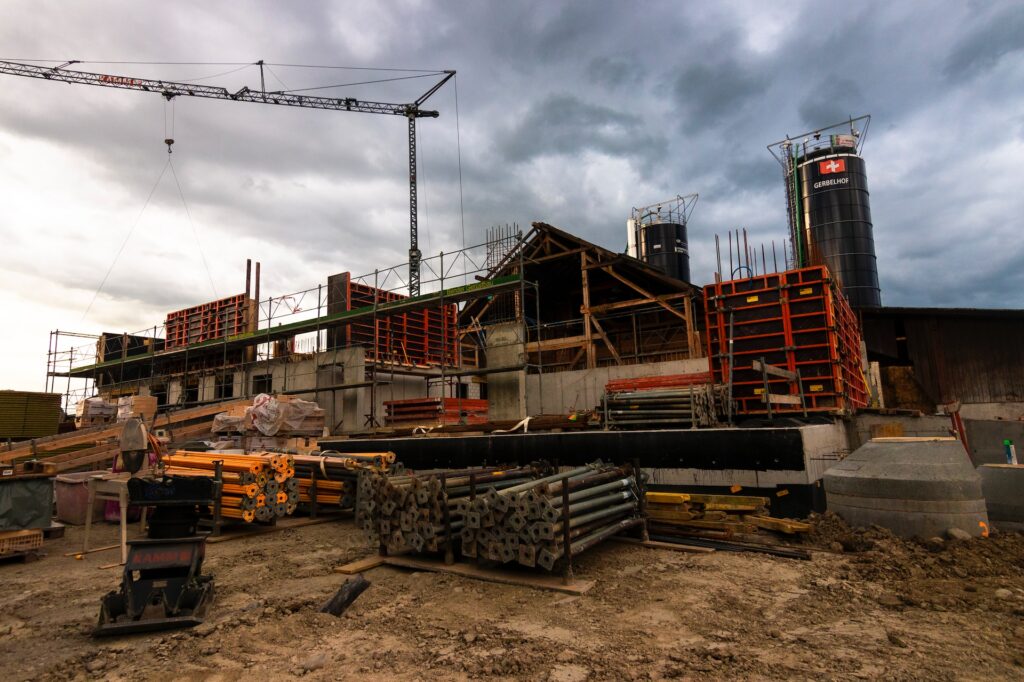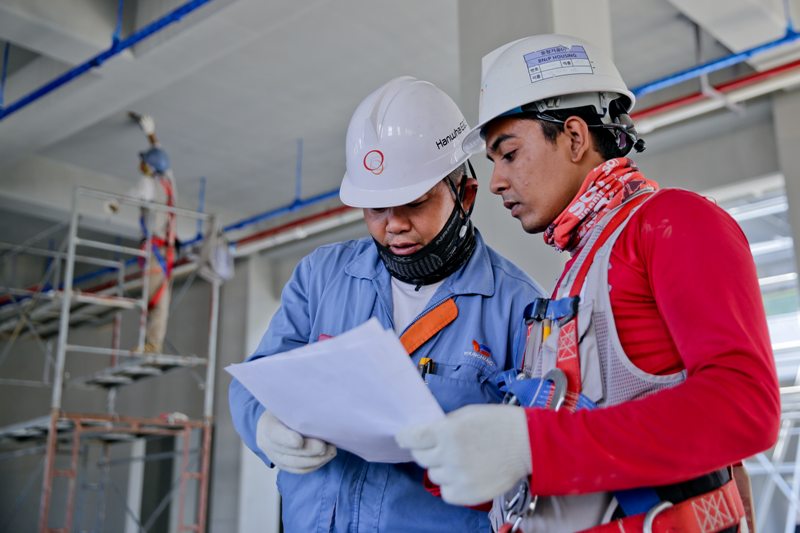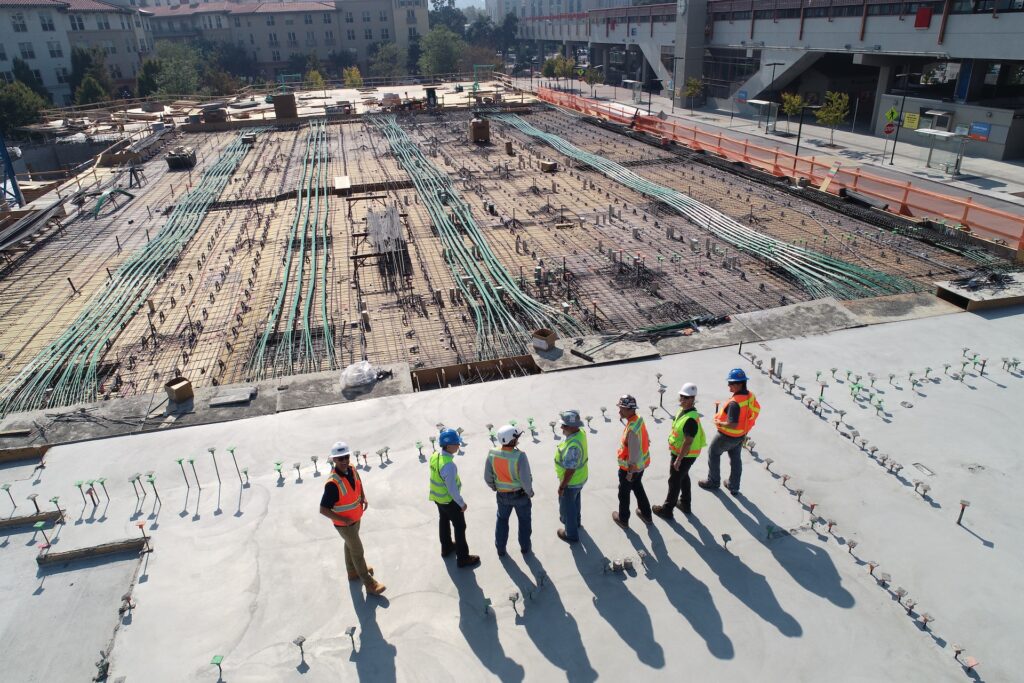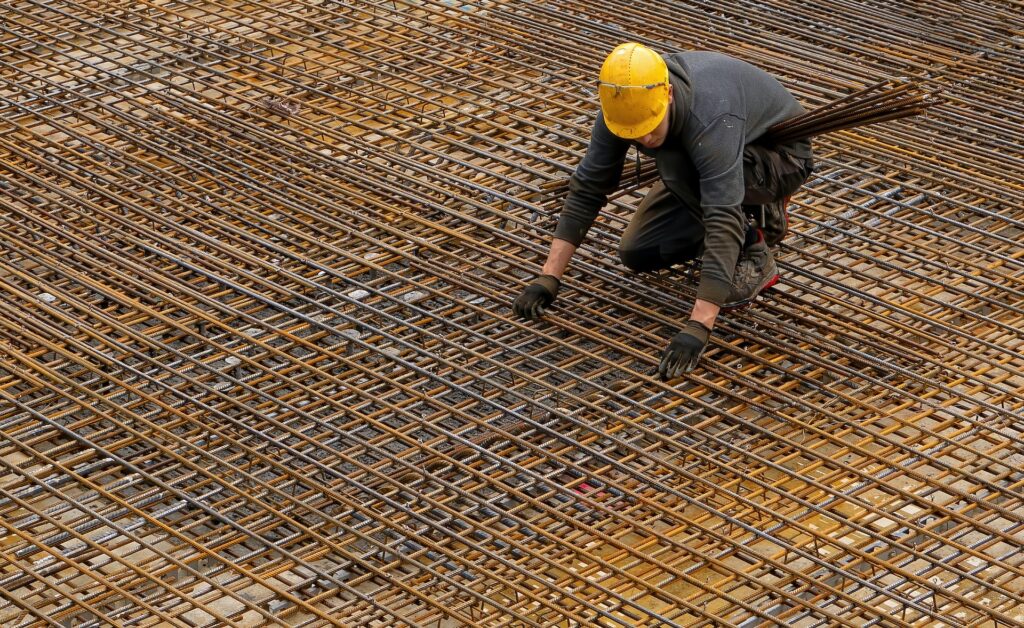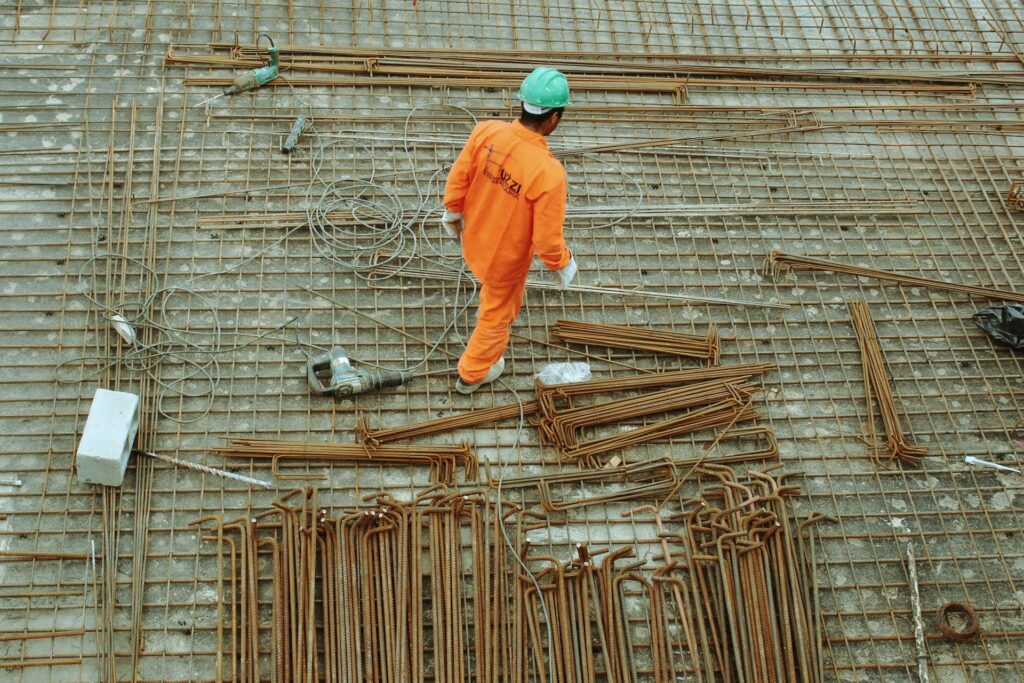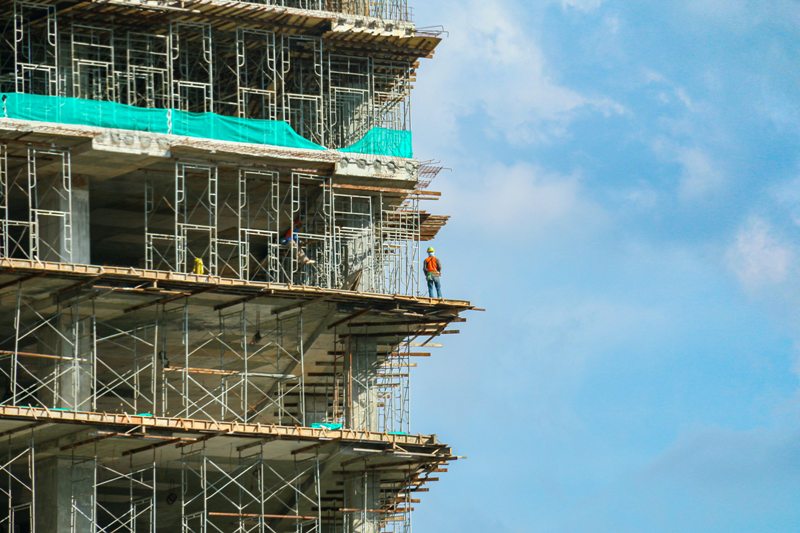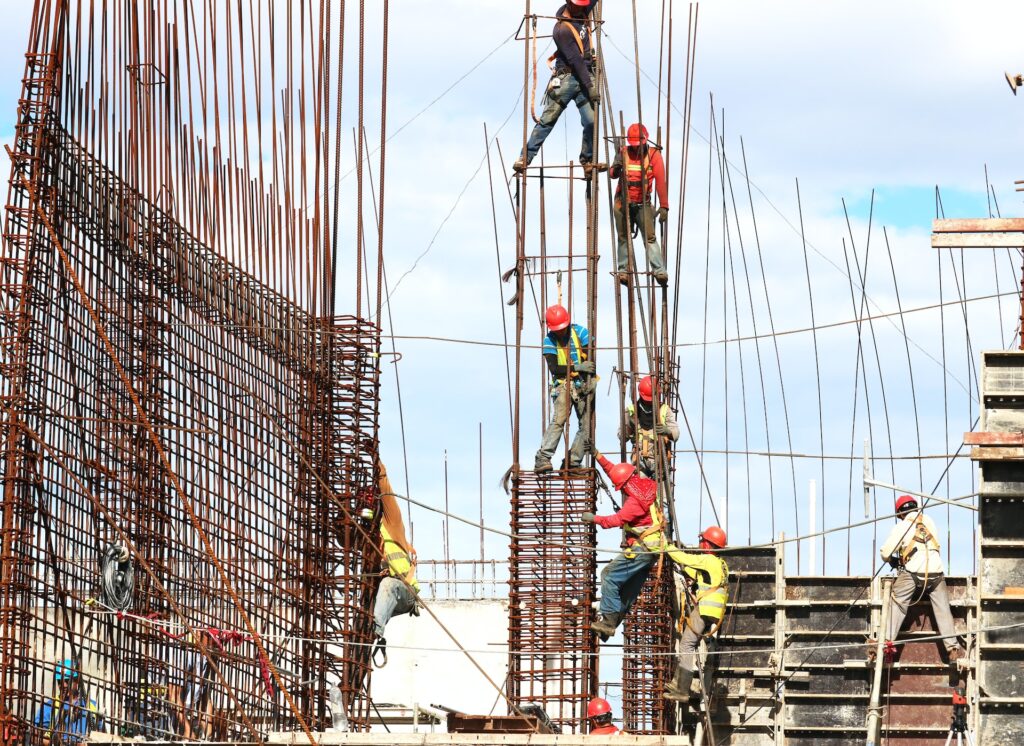Crash barriers are road safety equipment and are known as safety rails. They prevent the entry of vehicles in specifically dangerous areas. Crash barriers are one of the most effective ways to control the dense and high-speed traffic on roads. The best wholesale crash barrier suppliers in India, like Zhuzoor, ensure better safety by offering premium quality crash barriers. This has led to a significant downfall in vehicle collisions and has increased the survival rate in accidents. The surge in vehicular road traffic and the increase in speed limit on the highways has led to stronger infrastructure on the road for a safer road network. Road safety equipment like crash and safety barriers are available in different shapes and sizes.
Here is a checklist of the different types of crash barriers for road safety:
1. Roadside Barriers –
In general, these crash barriers are located on the sides of the roads or in the middle to separate two carriageways. Since the roads are prone to traffic diversions and route changes, the roadside barriers are ideal. They can also be disassembled and reassembled.
2. Workzone Barriers –
These are ideal during the constrictions, repair, or maintenance work on a specific road portion. By limiting the work area, the barriers ensure smooth traffic flow.
3. Rigid Barriers-
According to the best wholesale crash barrier suppliers in India, the right or concrete meta barriers are used for dividing the roads. Their strength allows them to withstand multiple impacts without repair. However, they have lesser flexibility and movement because they are made up of concrete. This makes them unsuitable for roads with frequent road diversions because they cannot be moved.
4. Semi-Rigid Barriers –
A highway crash barrier made from semi-rigid steel beams instead of metal or concrete is known as a semi-rigid barrier. A flexible barrier is less stable than a rigid barrier.
5. Flexible Barriers –
Along with the orange cones, the speed breakers, low-profile barriers, and other barriers, these are typically made of plastic. Based on the traffic needs, they can be installed easily and dismantled. This is the perfect choice for road design. Also, it is cheaper than concrete road barriers.
Why are Crash Barriers Important for Road Safety?
1. Driving Restrictions –
Manufacturers of pre-engineered buildings offer a wide variety of safety crash barriers to maintain road safety. Ensuring limited driving is a great way the crash barriers can enhance road safety. There is no denying that some irresponsible drivers put their lives and others at risk by driving crazy on the streets. Thus, the crash barriers protect the vehicles from suffering further damage after being involved in an accident.
2. Preventing Accidents –
According to the wholesale crash barrier suppliers in India, this is one of the most important reasons for installing crash barriers. Due to the presence of crash barriers, drunk driving accidents can be prevented from taking place on the roads. Heavy trucks travel on highways during the night or daytime. These trucks cause most of the accidents on busy roads like the highways. The problem is, after the accidents occur, other cars approaching the scene also get involved. The crash barriers installed on the highways guard the accident spots. This is a major contributing factor to improving road safety.
3. keeping the Road Safe –
The cities with busy roads are renovated and repaired by the government. When an accident happens, it takes away the durability of the road. Every accident causes some parts of the road to be lost. Even after an accident, the metal crash barrier helps to keep the vehicles from going down the lane and damage the road further.
4. Keeping the Pedestrians Safe –
As mentioned, the best quality crash barriers from the wholesale crash barrier suppliers in India prevent accidents and protect the road. It is common for pedestrians to walk along the sides of the road. Did you know? More than thousands of people die on the road every day, not just because of irresponsible drivers but also because of the absence of crash barriers. Thus, the crash barriers prevent heavy vehicles from driving on the footpaths, ensuring the safety of pedestrians.
5. The Safety of a Building –
Even remote areas have buildings on the sides of the road. During accidents, a lot of vehicles damage the buildings established on the sides of the roads. A crash barrier can prevent damage to such structures.
In Conclusion
Driving is a responsible task, and it should be handled with extreme care. However, a driver is not the only person responsible for keeping everyone safe on the road. This is where the crash barriers come in. There is no doubt that the premium quality crash barriers from wholesale crash barrier suppliers in India play a vital role in improving the safety of the roadways. It is true, not just for India but for other countries as well.
READ POST





